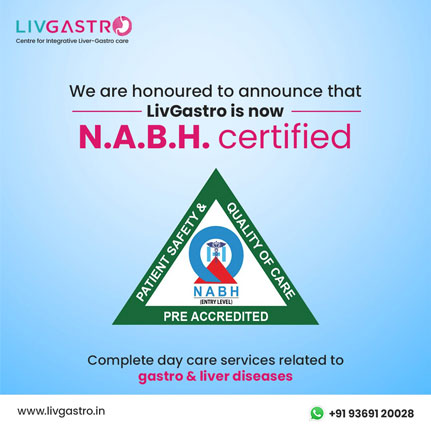
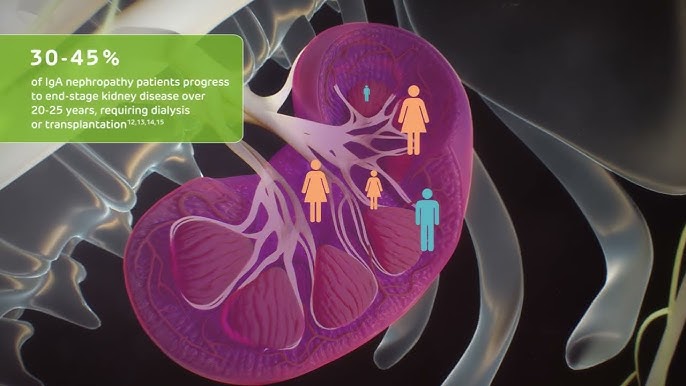
Every human body produces a natural chemical called oxalate. Sometimes, food items also contribute to traces of it in the body. As long as it is intrinsically occurring, everything is fine. The problem arises when the body generates it in excess, causing Hyperoxaluria.
It’s a condition where the oxalate content in the urine exceeds the normal build-up and results in kidney stones. The more recurrent the formation, the higher the chances of kidney failure. The problem worsens as the kidney fails to eliminate excess oxalate because that is when those crystals start building up in other body parts, causing miscellaneous issues, including anaemia, eye problems, bone disease, and heart damage.
Wondering how to discover whether you are already suffering from this condition? And if so, what caused it or how to treat the ailment? This blog post has answers to all your queries covered for quick reference.
Hyperoxaluria may occur in anyone, be it an infant or an adult. It usually starts with kidney stones or kidney failure. So, the only way you can grow aware of it is by looking out for these symptoms:
• Fever or chills
• Lower back pain repeats itself time and again. It typically initiates with a dull ache and later grows severe.
• Urination problem
• Pain while urinating
• Foul-smelling urine that appears murky
• More frequent urination
There can only be one cause of Hyperoxaluria: excessive oxalate buildup. However, you may be suffering from primary, enteric or a type where food rich in oxalate is responsible. Let’s read about each of them to understand your condition better.
• Enteric Hyperoxaluria – Crohn’s disease or other intestine problems often cause the human body to draw more oxalate from food, thereby increasing its content in the urine. This is how people develop enteric hyperoxaluria.
Due to short bowel syndrome, many people have their small intestines amputated. It also causes enteric hyperoxaluria. Likewise, certain health conditions, where the body reduces its ability to absorb fat from food, leave behind nothing but oxalate for the gut to absorb. Consequently, it mixes with calcium and exits the body through excretion. In rare cases, when there is too much fat in the gut, it binds with calcium and causes the oxalate to be free. As it dissolves into the bloodstream, the kidneys filter it, increasing the risk of hyperoxaluria.
• Primary Hyperoxaluria – It rarely occurs and is mostly passed down to the next generation in families. A change in genes causes the condition. Here, the liver fails to create ample amounts of a certain protein, or that protein hardly works as it should, causing the body to get rid of surplus oxalate through the kidneys. This natural chemical, when combined with calcium, forms kidney stones and crystals. These have the potential to damage the kidneys and hinder their functioning.
• Hyperoxaluria from consuming oxalate-rich food – Foods rich in oxalate like nuts, chocolate, potatoes, rhubarb, spinach and even brewed tea also raise the risk of hyperoxaluria. Therefore, doctors often prescribe a restriction on such food items for people already suffering from primary hyperoxaluria.
A doctor conducts a physical examination and checks the medical history of patients as well as takes a cue from the diet history to diagnose hyperoxaluria. Apart from these, the general practitioner prescribes the following tests:
• Scans like CT, X-ray and ultrasound to check for kidney stones or crystals of calcium oxalate
• Urine tests to determine the concentration of oxalate and other enzymes
• Blood test to measure traces of oxalate in the bloodstream
As discussed before, oxalate deposits in other organs too. The doctor checks for them through the tests as follows:
• CT to find traces of oxalate deposits in arteries, bowel wall and muscle
• Echocardiogram to seek oxalate deposits in heart tissue
• Biopsies of kidney and bone marrow to check for oxalate deposits in these tissues
• Examination of eyes to check if there are oxalate deposits there
On the contrary, primary hyperoxaluria is determined through genetic testing by checking if there is a gene mutation.
The treatment is mostly focused towards eliminating oxalate concentration in body parts through the following:
• Intake of medicines
Pyridoxine and lumasiran are the most commonly prescribed medications that lower the level of oxalate in the urine of patients undergoing primary hyperoxaluria. Ingestion of citrate and phosphates, prepared at pharmacies, is also prescribed to prevent calcium oxalate crystals from developing.
Patients suffering from enteric hyperoxaluria are mostly recommended to take calcium supplements along with meals for the natural chemical to combine with the element in the gut and exit the body through excretion.
• Drinking plenty of fluids
A very effective way to prevent oxalate crystals from building up and forming kidney stones is through the intake of water and fluids in excess. The motive is simple – to flush out unnecessary elements from the kidney. However, it’s mostly recommended for patients whose kidneys are working well.
• Making changes to diet
For diet-related hyperoxaluria, altering the diet to limit foods high in oxalate can work wonders in stabilising its concentration. For instance, your doctor may restrict your intake of salt, sugar, and animal protein. However, it’s not recommended for people with primary hyperoxaluria.
Kidney stone management, dialysis, and transplants are other ways to treat hyperoxaluria, depending on the seriousness of the situation.
Constipation is a frequent occurrence that can be caused by a variety of eating habits, medical disorders, and other circumstances. If a person experiences extreme discomfort or symptoms, if constipation appears abruptly, or if the condition worsens, it is advisable to speak to a skilled doctor.
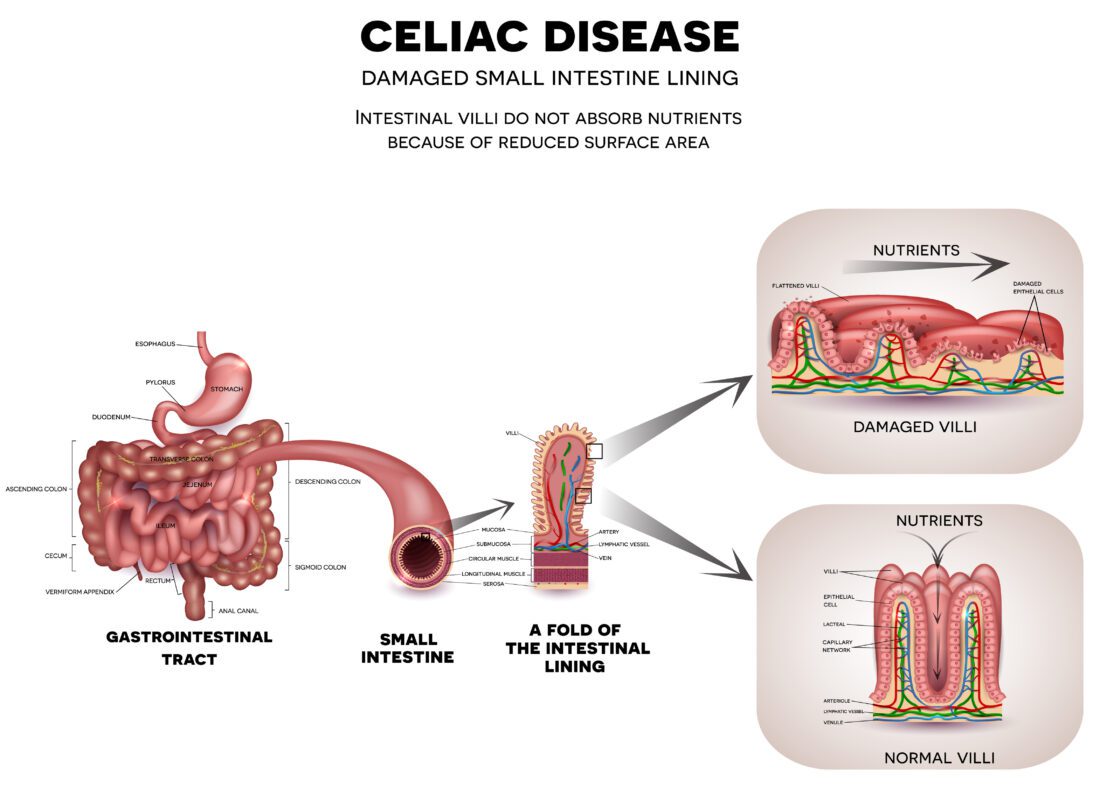
Celiac disease: Cause, Symptoms, Diagnosis and Treatment Why do you think so many people
read more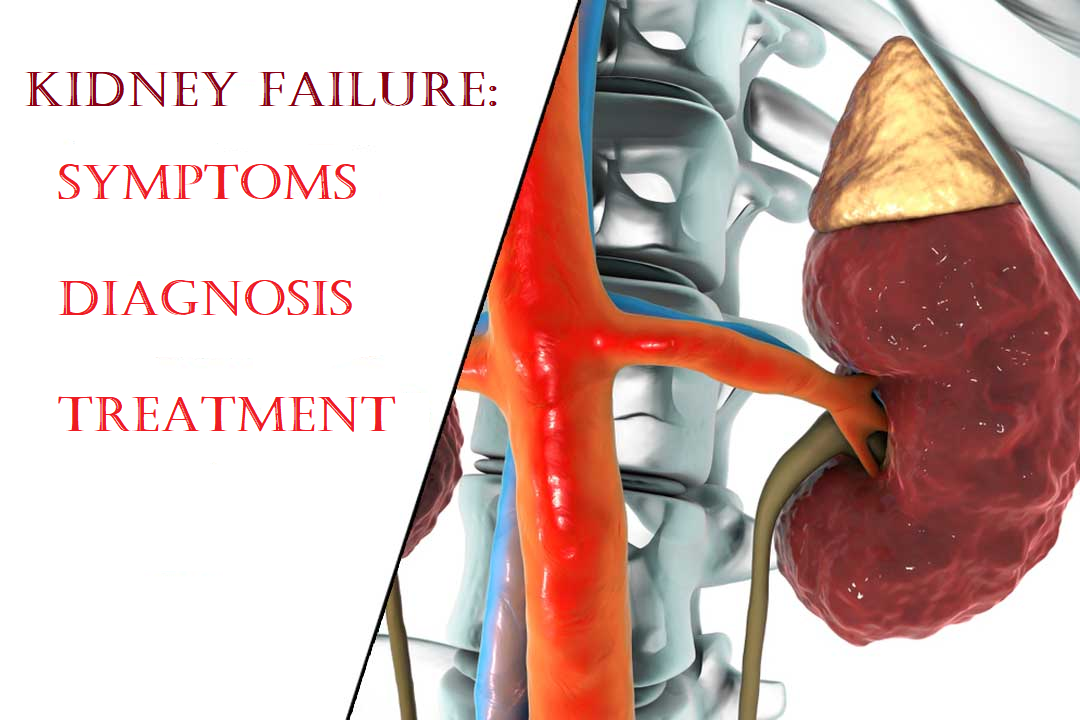
Kidney Failure: Symptoms, Diagnosis and Treatment As reported by the Indian Express in
read more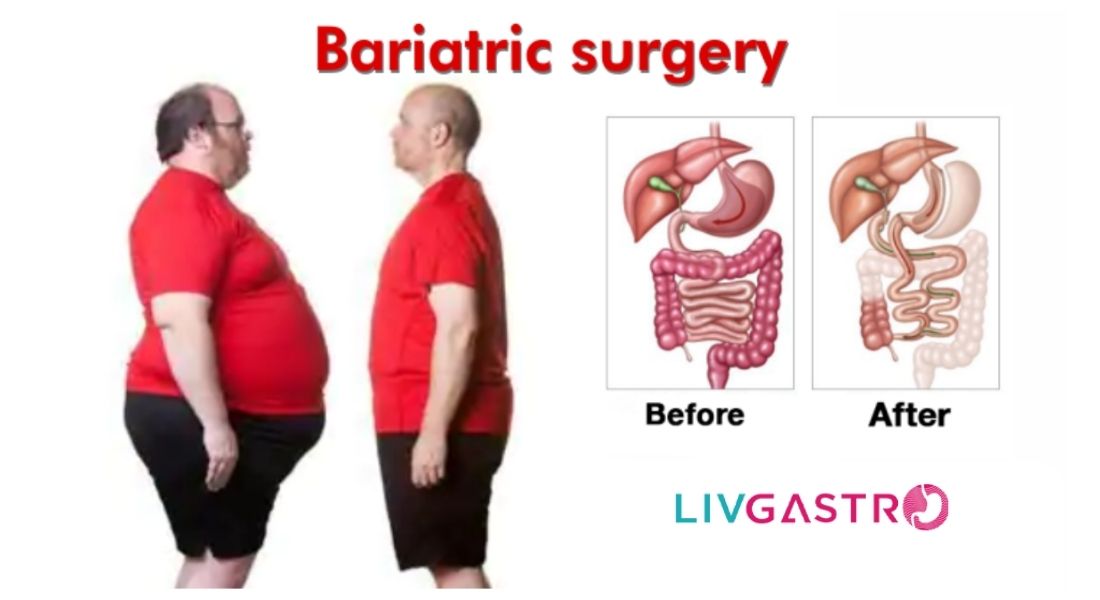
Demystify These Myths Associated with Obesity Treatment Did you know that a staggering
read more